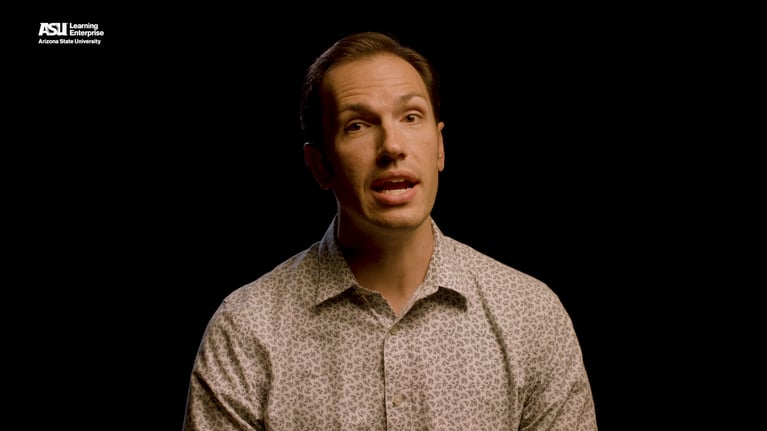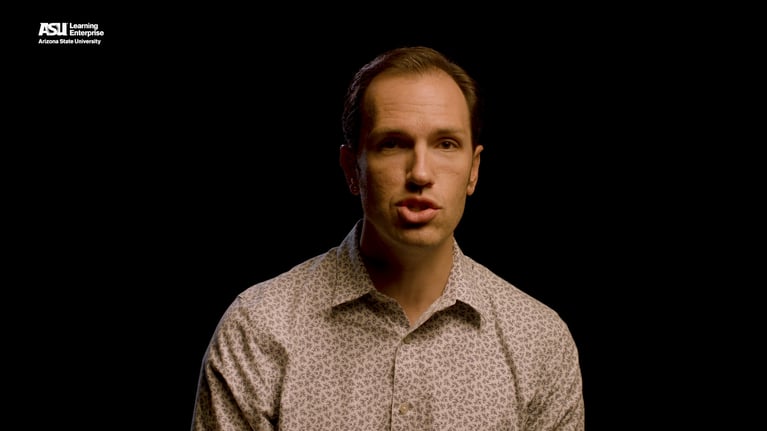Bringing a production of any kind to life requires collaboration in theater, film, concerts and events. The collaboration of teams like writers, designers, directors and actors is vital to creating an amazing entertainment product. While all of their individual contributions are noteworthy and important, it is the coming together of all their contributions that allow for a successful production process.
The processes we use for Design in Theatre, Film, Concerts, and other Events require many people to work together in service of the final product or production. We ask everyone to bring their unique talents, training and specialization together to make something magical.
We call this – collaboration.
Collaboration is happening at all steps of the production process.
It often starts with a writer working on a script. Their script may be perfect just the way it is, but it’s probably that they’re working with a producer or a director who’s providing their thoughts and feedback to the story as it’s evolving.
Directors and Designers read the script to determine how they can realize its story. Through discussion, meetings, and presentations the world of the story comes into focus, the characters and what they will wear come to life, and the emotional arc is established. Through this process, feedback comes from everyone, but the director leads the team. The director keeps the whole production in mind while respecting designers and their areas of expertise. Ideas come, go, and react to realities and limitations like budget, space, time, and technology. The design is finalized and the work of bringing the production to life begins.
The next voice to enter is the actor. The actor brings their unique voice and life experience to the process. The director guides the actors’ work and their collaboration as an ensemble in finding the rhythm and pacing of the dialogue, how their characters’ emotions rise and fall, and where they should be in a space for the greatest impact.
The designers haven’t disappeared from the process. The full depth of the character needs to come to life and the costume design can be a big part of that! At the same time, a story moving from page to stage can reveal moments where the story isn’t as strong as we thought, or the proposed design solution might be too much for what a moment actually needs.
While the director works with actors, designers work with teams of artisans and technicians to realize their designs and visions. Clear communication and respect for the expertise everyone brings to a process can elevate initial design visions as they are created.
All of these many voices come together when it’s time to accomplish the final production.
Artisans and Technicians have built and installed the structures, hung lights and speakers, and sewed costumes. Actors have learned their lines and blocking. Designers have reacted to the work of rehearsals. The director is ready to captain the ship to its final destination. This group must work together, playing off each other’s needs and observations to realize the final production.
Outside perspectives and feedback unlock new pathways and ideas – allowing us to create something more exciting dynamic than we would have created alone!


